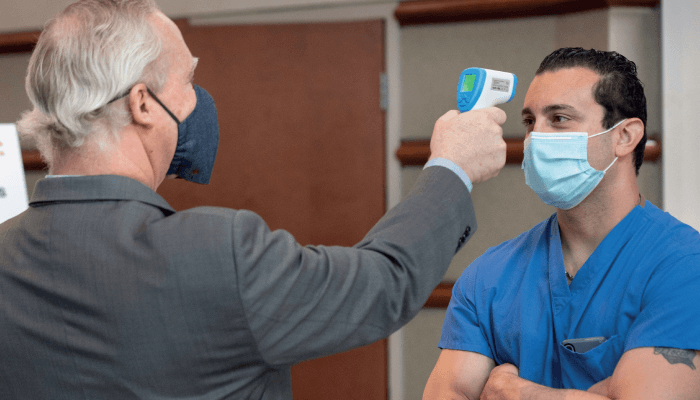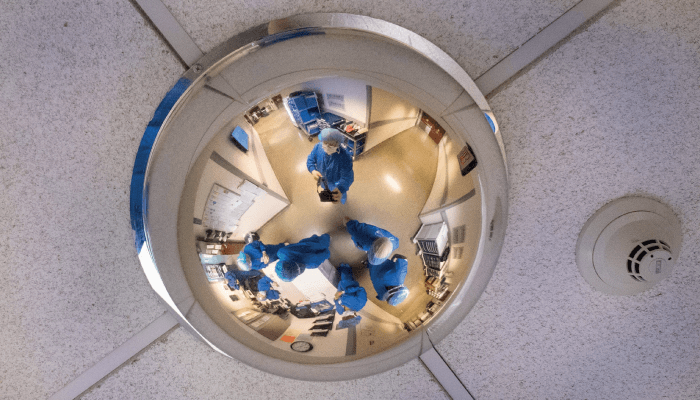
Even before COVID-19, Wills Eye Hospital had long sought to expand its reach through telemedicine. Since the inception of the remote diabetic retinopathy screening program, countless asynchronous or store-and-forward screenings identified sight-threatening disease and provided timely follow-up. We strived to further build our service portfolio and had hoped to one day expand our telemedicine practice to include synchronous video visits. But there were obstacles with clinical utility, patient satisfaction, and unreimbursed costs.
Circumstances changed with COVID-19. With in-person evaluations constrained to urgent and emergent visits, we asked “How might synchronous video visits enhance our ability to care for patients in this time of need?”
In fact, synchronous video visits offered value in multiple areas. Clinically, they helped determine the urgency of an in-person visit and could, at times, appropriately enable remote management decisions. For example, many patients evaluated in the Wills Emergency Room, received follow-up video visits that provided an interval evaluation of sufficient quality to maintain or deescalate therapy. Concurrently, patients across the demographic spectrum were worried about coming to the office and were happy to learn about this alternative.
Though the service’s benefits became apparent, we also gained new perspectives on its costs. Down-scheduled clinics enabled physicians and personnel to dedicate time to this new way of caring for our patients. And the technology expense became necessary to continue to provide our highest-level service. Fortunately, public and private payers agreed on this necessity and expanded compensation to include these synchronous visits.
Under these changed circumstances, the case for synchronous telemedicine was clear, and we quickly initiated the rollout. The collaboration required was significant, spanning the spectrum of the hospital’s outpatient team, with clinicians, administrators, and information technology personnel working tirelessly to bring the system to life. Every subspecialty, aided by the collegial knowledge sharing of other leading ophthalmology institutions and individuals, developed specific protocols for determining appropriateness and urgency of their telemedicine visits. And each visit provided a learning experience that informed refinement and improvement of an enhanced method of care.
The result was overwhelmingly positive. In the thousands of synchronous telemedicine visits completed, patients expressed appreciation for the care they received, while minimizing COVID-19 exposure, travel expenses, and time lost from work or other activities. Logistical workflows were optimized, and physicians forged consensus around a multitude of valuable clinical use cases. Residents and attendings alike expanded their skills in this additional, novel approach to care. Our collective experience provides a basis for ongoing generalizable clinical research.
Now, at Philadelphia’s current stage in the pandemic, the increased availability of in-person evaluations partly relieves the imperative for synchronous telemedicine. But the future remains highly uncertain; we are continuing to build upon the capability of our telemedicine offerings,
as we remain adaptable to changing circumstances. Hybrid evaluations, as pioneered at our institution by the Oncology Service, will be central to these enhanced capabilities. This hybrid model merges satellite facility diagnostics with remote synchronous video visits, and it enables an even stronger telemedicine service with expanded clinical utility.
Telemedicine – in its asynchronous, synchronous, and hybrid forms – is a tool that augments our ability to care for patients. It is here to deliver healthcare value now and beyond the COVID-19 pandemic.

